The Top 3 Most Dangerous First Aid Myths
First aid can be lifesaving. Knowing the correct first aid treatment can make all the difference before the arrival of professional medical help. Unfortunately, there are several first aid myths still circulating that could cause further harm.
In this blog post, we’ll discuss the three most dangerous first aid myths commonly believed and cover the correct first aid treatment.
First Aid Myth: “You should hold down someone having a seizure/fit”
There are several different types of seizures/fits that can occur. A tonic-clonic seizure occurs when the person falls to the ground and muscular contractions occur. This is the most recognizable form of seizure for the general public.
If a tonic-clonic seizure occurs, you should never try to restrain the person. Doing so is likely to cause an injury, either to the patient or yourself.
Instead, follow these first aid steps to help someone having a seizure:
- Start timing the seizure and call for emergency medical help
- Move any hazards from around the person
- Protect their dignity and move on bystanders
- Protect their head if possible
- Once the seizure finishes, roll the person onto their size and ensure their airway is open and they are breathing normally
First Aid Myth: “You can’t use an Automated External Defibrillator (AED) without formal training”
An AED is an electrical device that delivers a shock to a person who has suffered a cardiac arrest. An AED works by clearing excessive electrical activity in the heart, giving it a chance to restore a normal rhythm.
Public access AEDs are becoming more common throughout the world. Many public places including airports, malls, schools, and universities have an AED accessible.
Although training is beneficial, there is no requirement for an AED user to be formally trained. AEDs are designed to be used by laypeople with no medical training. The device provides verbal and visual instructions when opened and will guide the rescuer through the process.
First Aid Myth: “You should use butter or toothpaste to cool a large burn”
Large burns are serious injuries that require immediate first aid and specialist ongoing medical care. When dealing with a major burn, the priority is to cool the burn as quickly as possible.
Butter or toothpaste should not be used to cool a large burn! These substances do not provide adequate cooling.
Instead, follow these first aid steps when treating a large burn:
- Call for emergency medical help
- Cool the burn for 20 minutes using running water (if possible)
- Monitor the patient for the development of hypothermia and shock
Rapid cooling is essential to stop the burning process and improve the chances of a good recovery from the burn injury.
Are you a first aid instructor? Do you think there are other common first aid myths circulating? Leave us a comment below!

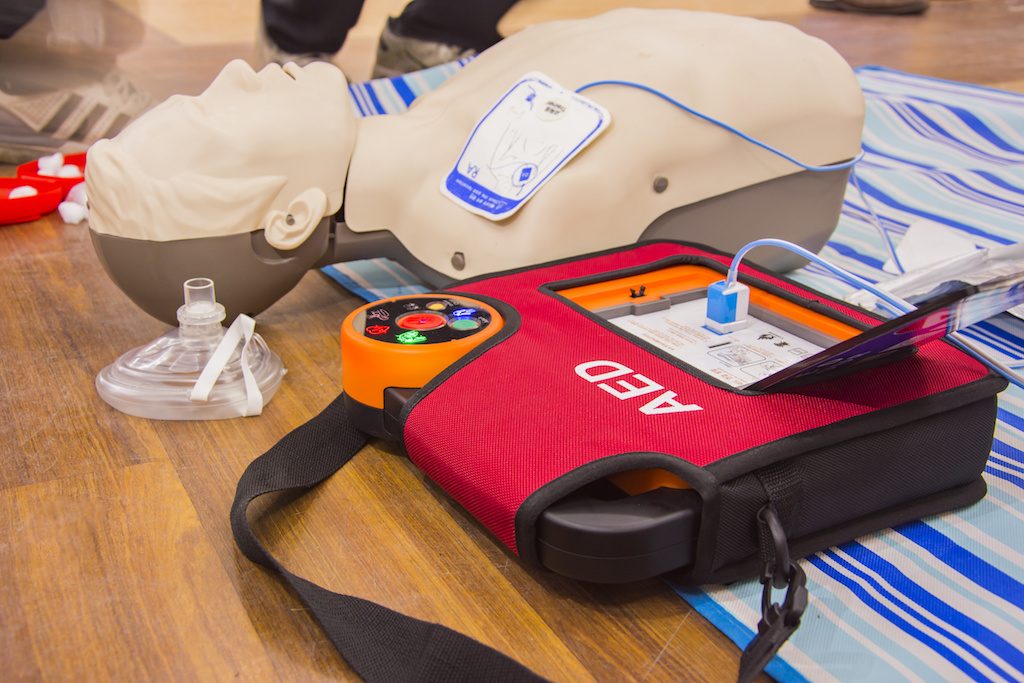
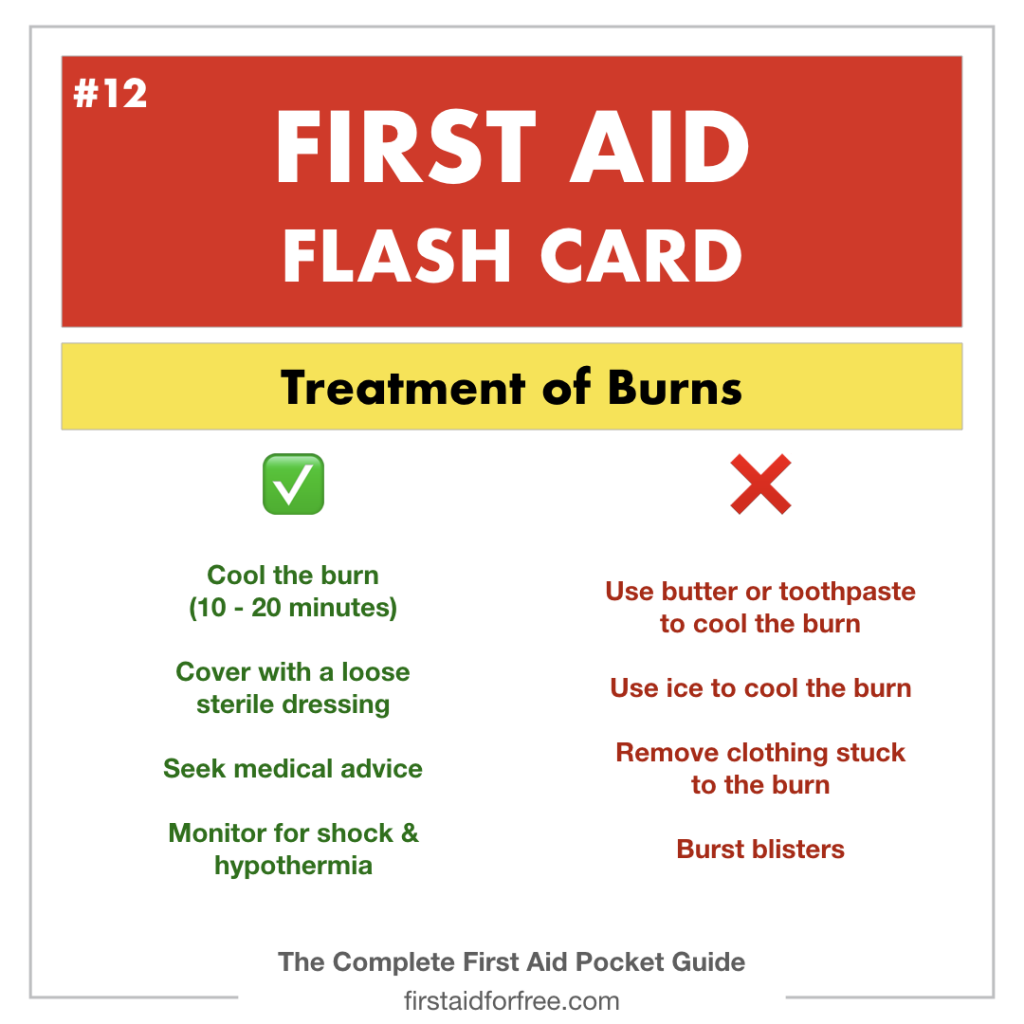
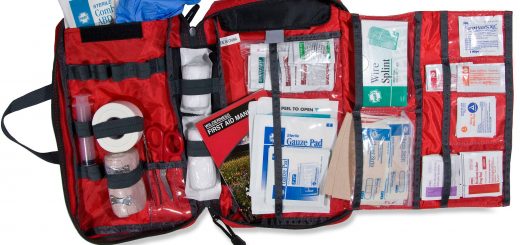
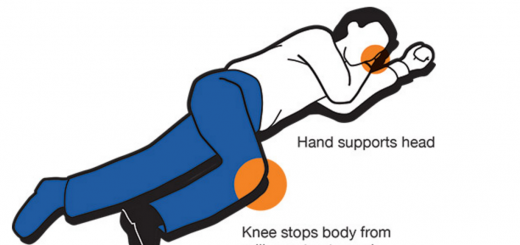
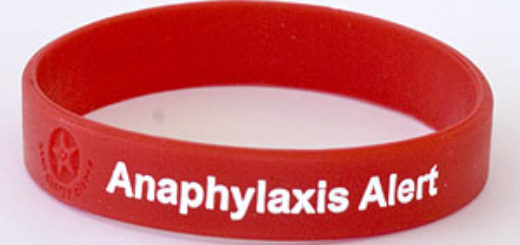


Good so far